From conformons to human brains: an informal overview of nonlinear dynamics and its applications in biomedicine
- PMID: 17908344
- PMCID: PMC1997128
- DOI: 10.1186/1753-4631-1-5
From conformons to human brains: an informal overview of nonlinear dynamics and its applications in biomedicine
Abstract
Methods of contemporary physics are increasingly important for biomedical research but, for a multitude of diverse reasons, most practitioners of biomedicine lack access to a comprehensive knowledge of these modern methodologies. This paper is an attempt to describe nonlinear dynamics and its methods in a way that could be read and understood by biomedical professionals who usually are not trained in advanced mathematics. After an overview of basic concepts and vocabulary of nonlinear dynamics, deterministic chaos, and fractals, application of nonlinear methods of biosignal analysis is discussed. In particular, five case studies are presented: 1. Monitoring the depth of anaesthesia and of sedation; 2. Bright Light Therapy and Seasonal Affective Disorder; 3. Analysis of posturographic signals; 4. Evoked EEG and photo-stimulation; 5. Influence of electromagnetic fields generated by cellular phones.
Figures
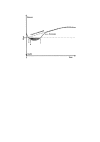
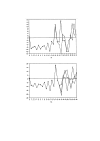


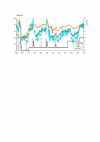

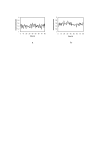
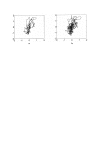
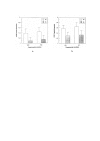
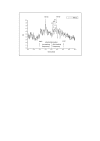

References
-
- European Parliament, Directorate General for Research, Division Industry, Research and Energy, Scientific and Technological Options Assessment (STOA): The Physiological and Environmental Effects of Non-ionising Electromagnetic Radiation, Final Study. Working document for the STOA Panel PE 297574/FinSt Luxembourg. 2001. p. 5, 14.http://www.europarl.europa.eu/stoa/publications/studies/20000703_en.pdf
-
- Ji S. Biocybernetics: A Machine Theory of Biology. In: Ji S, editor. Molecular theories of Cell Life and Death. Rutgers University Press, New Brunswick; 1991. p. 41. Ji S: Free energy and information contents of conformons in proteins and DNA. BioSystems 2000, 54: 107–130.
-
- Klonowski W. Probabilistic Theory of Crosslinked Macromolecular Systems with Applications in Chemical Physics and Biophysics, Books on Demand AU00326. University Microfilms International, Ann Arbor, MI 48106; 1984.
-
- Klonowski W. Emergence of Functionality and Biological Clock in „Fast” Proteins. In: Schweitzer F, editor. Self-organization of Complex Structures – From Individual to Collective Dynamics. Gordon and Breach Publishers; 1997. pp. 235–239.
LinkOut - more resources
Full Text Sources
Other Literature Sources

